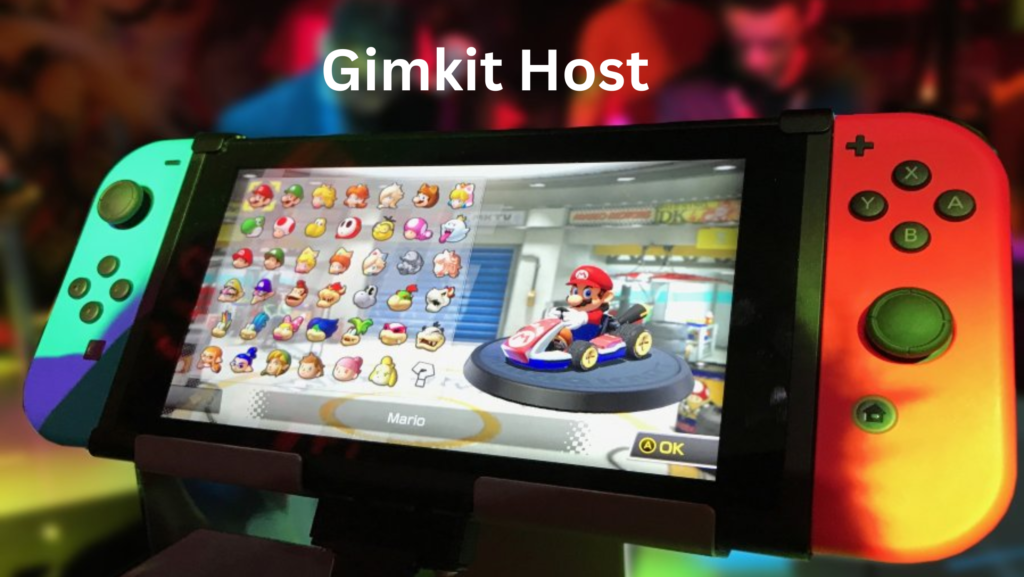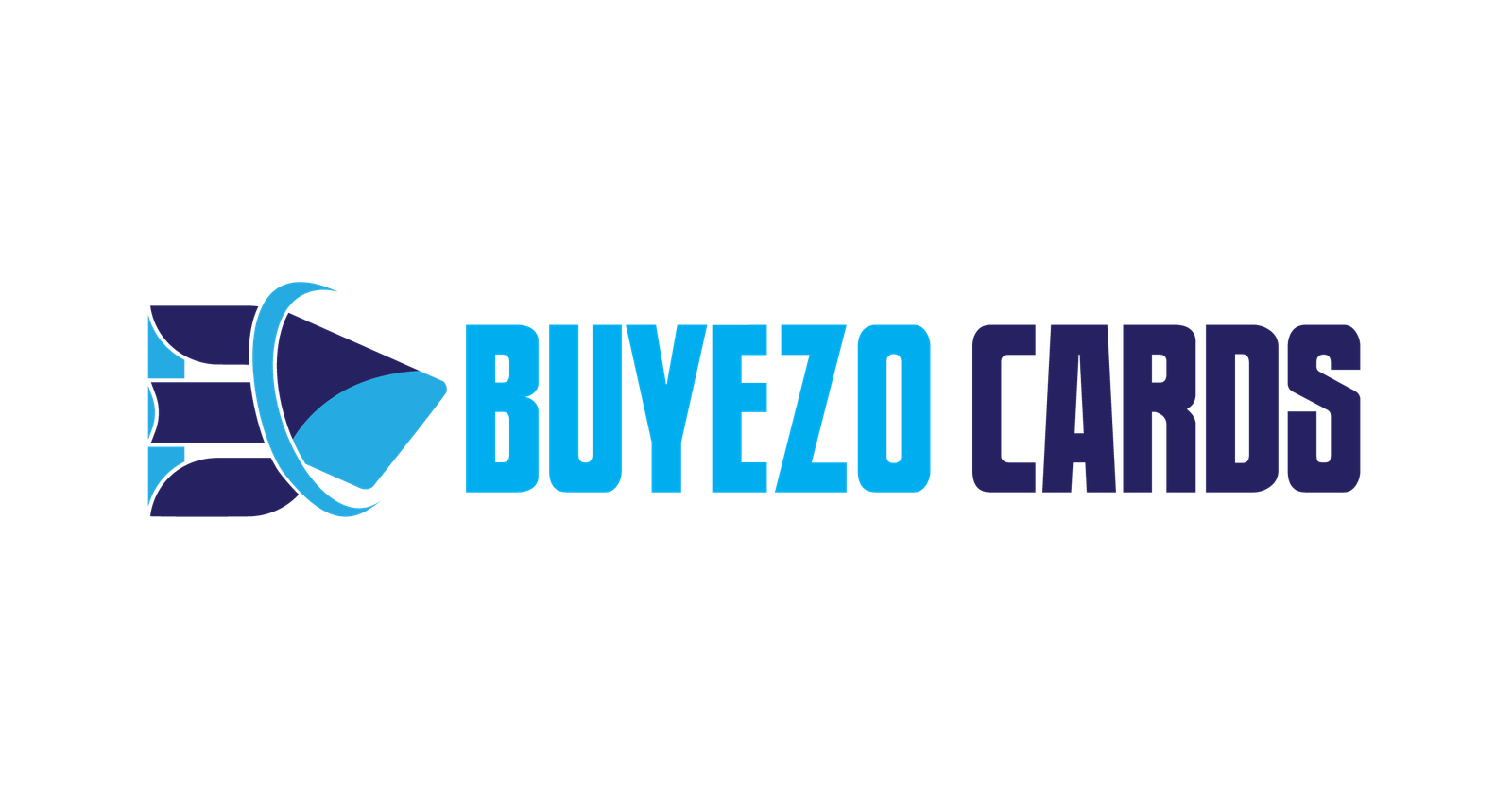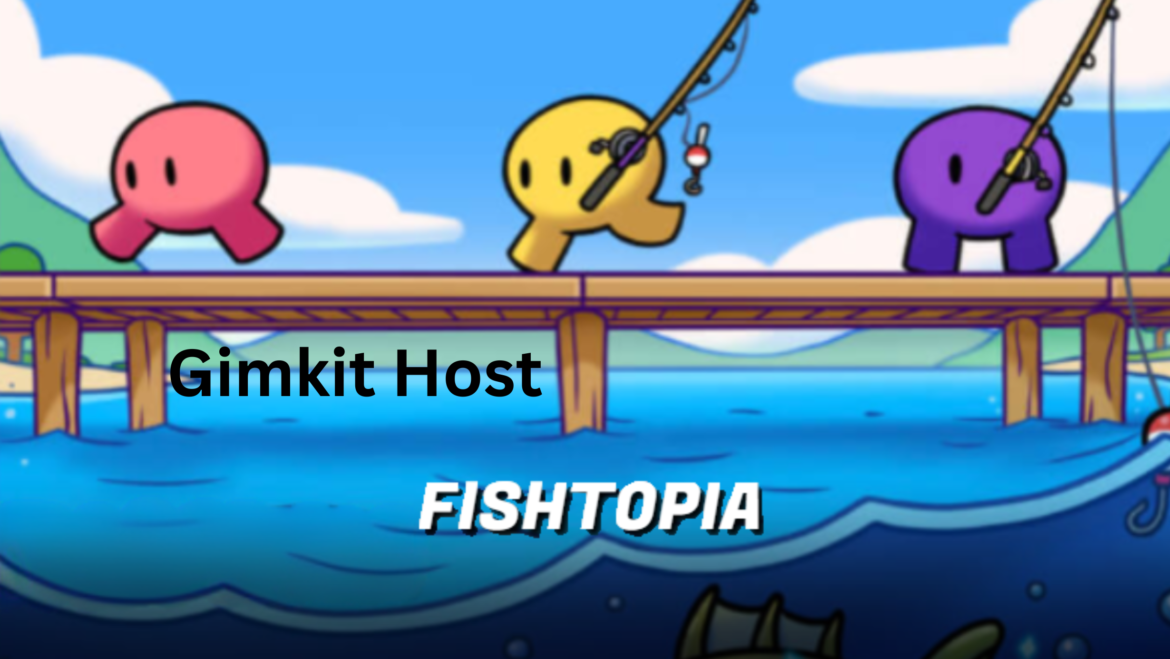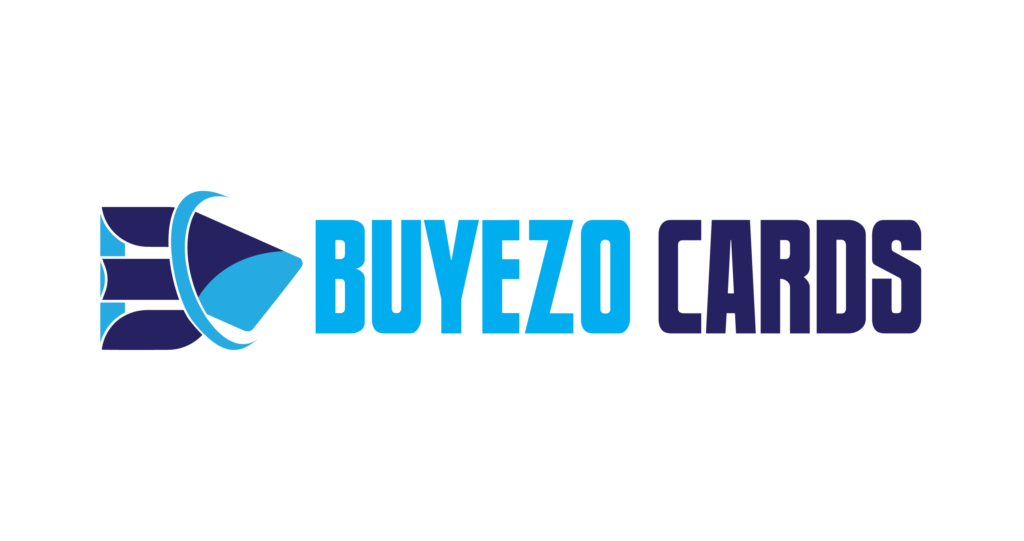Gimkit is a dynamic and interactive quiz game that has taken the educational world by storm. Its unique blend of gamified learning, competitive features, and real-time adaptability make it a favorite among students and educators. However, the success of a Gimkit session largely depends on the host’s ability to manage and execute it effectively. Whether you’re a teacher, a trainer, or someone hosting Gimkit for a casual game night, being a proficient Gimkit host is essential to ensure an engaging and productive experience. This guide will delve into the nuances of mastering the art of being a Gimkit host.
Understanding the Role of a Gimkit Host
Before diving into the practical aspects, it’s essential to understand the role of a Gimkit host. As a host, you are more than just a game facilitator. You are responsible for setting the tone, ensuring Participation, maintaining the flow, and adapting to the needs of the players. A Gimkit host must balance fun and learning, making the experience enjoyable while achieving the intended educational or entertainment goals.
Your primary duties include setting up the game, explaining the rules, monitoring progress, and troubleshooting issues. Successful hosting also requires an understanding of your audience. For instance, hosting for middle school students requires a different approach than hosting for adults in a corporate setting.
Preparing for a Successful Gimkit Session
1. Understand the Platform
Before hosting a Gimkit session, familiarize yourself with the platform. Explore its features, including game modes, customization options, and reporting tools. Gimkit offers various modes, such as Classic, Team Mode, and Trust No One (a social deduction mode), each catering to different needs and preferences. Take time to experiment with these modes to determine which one suits your audience.
2. Plan Your Game Objectives
Every Gimkit session should have clear objectives. Are you using it as a fun revision tool for a class? Is it intended to break the ice in a professional workshop? Or is it purely for entertainment? A clear purpose will guide your decisions, from selecting questions to setting the game format.
3. Create or Curate Engaging Content
The content of your Gimkit game is crucial. If you’re using it for educational purposes, ensure the questions align with your curriculum or learning goals. You can create your own question sets or explore Gimkit’s library of pre-made kits. To keep players engaged, mix up question types and difficulty levels. Adding a few humorous or lighthearted questions can also enhance the experience.
Setting Up the Perfect Gimkit Game
1. Customize the Game Settings
One of Gimkit’s strengths is its customization options. As a host, you can tailor the game settings to suit your audience’s preferences and skill levels. Adjust the game duration, set point limits, and choose power-ups wisely. For example, if hosting for younger students, you might limit complex power-ups to keep the game straightforward.
2. Use Themes and Modes
Gimkit’s themes and modes can significantly impact player engagement. For instance, the Trust No One mode introduces a social deduction element, making it ideal for team-building exercises. On the other hand, Classic mode works well for straightforward quizzes. Selecting the proper mode enhances the overall experience and aligns with your session’s goals.
3. Test Run Before Hosting
Technical glitches can disrupt the flow of your game, so it’s wise to conduct a test run before hosting. Test the game on your device, and ensure your internet connection is stable. If possible, involve a colleague or friend in the test run to identify potential issues and refine the setup.
Strategies for Engaging Players During the Game
1. Explain the Rules Clearly
Begin your session by explaining the rules and objectives of the game. Even if your audience is familiar with Gimkit, a brief overview ensures everyone is on the same page. Highlight any unique aspects of your chosen game mode and clarify how power-ups or bonuses work.
2. Encourage Participation
Engagement is key to a successful Gimkit session. As a host, it’s your job to encourage Participation by creating a welcoming and inclusive environment. Use positive reinforcement, such as complimenting players for correct answers or innovative strategies. If you notice anyone struggling, offer support and encouragement.
3. Monitor the Game in Real-Time
Gimkit provides hosts with a live dashboard to monitor player progress. This feature identifies trends, addresses imbalances, or spots technical issues. For example, if one team dominates in Team Mode, consider introducing a twist to level the playing field.
4. Keep the Energy High
Maintaining energy and enthusiasm is essential for keeping players engaged. Use humor, music, or live commentary to create a dynamic atmosphere. If the session starts to drag, consider introducing a quick break or a surprise challenge to re-energize participants.

Post-Game Activities for Maximizing Impact
1. Review and Reflect
After the game, take time to review the results and gather feedback. Gimkit provides detailed reports on player performance, which can be a valuable tool for identifying strengths and areas for improvement. Discussing the results with participants can reinforce learning objectives or highlight key takeaways.
2. Collect Player Feedback
Feedback from participants can help you improve future sessions. Ask for input on the game’s content, pace, and overall experience. You can use tools like surveys or informal discussions to gather insights.
3. Follow Up with Resources
Consider sharing follow-up resources based on the game’s content for educational sessions. This could include additional practice materials, a summary of key concepts, or a session recording for participants to review.
Tips for Overcoming Common Challenges
Being a Gimkit host comes with its share of challenges. Here are some tips for navigating them:
- Handling Technical Issues: Always have a backup plan, such as an alternative activity, in case of technical difficulties. Familiarizing yourself with Gimkit’s troubleshooting resources can also be helpful.
- Managing Diverse Skill Levels: If your audience has varying skill levels, consider using mixed teams or adaptive game settings to ensure everyone feels included.
- Preventing Disruptions: At the session’s start, set clear behavior guidelines. For example, remind participants to stay focused and avoid unnecessary distractions.
Also, Read The Following: B21.ag.
Why Mastering the Art of Hosting Matters
A well-hosted Gimkit session goes beyond simply playing a game. It fosters collaboration, critical thinking, and a sense of accomplishment. It can be a powerful tool for educators to enhance student engagement and reinforce learning. For others, it offers an innovative way to connect, entertain, and challenge participants. By mastering the art of being a Gimkit host, you can elevate the experience for everyone involved, ensuring it is memorable, meaningful, and, most importantly, fun.
Conclusion
Mastering the art of being a Gimkit host requires preparation, adaptability, and a focus on engagement. By understanding the platform, setting clear objectives, and customizing the experience for your audience, you can create sessions that are not only fun but also meaningful. Whether you’re using Gimkit as an educational tool or for pure entertainment, your role as a host is central to the experience’s success. From planning and execution to post-game reflection, each step contributes to a memorable and impactful session. With practice and creativity, you can transform any Gimkit game into an engaging and rewarding experience for your participants, solidifying your reputation as a skilled and effective Gimkit host.


